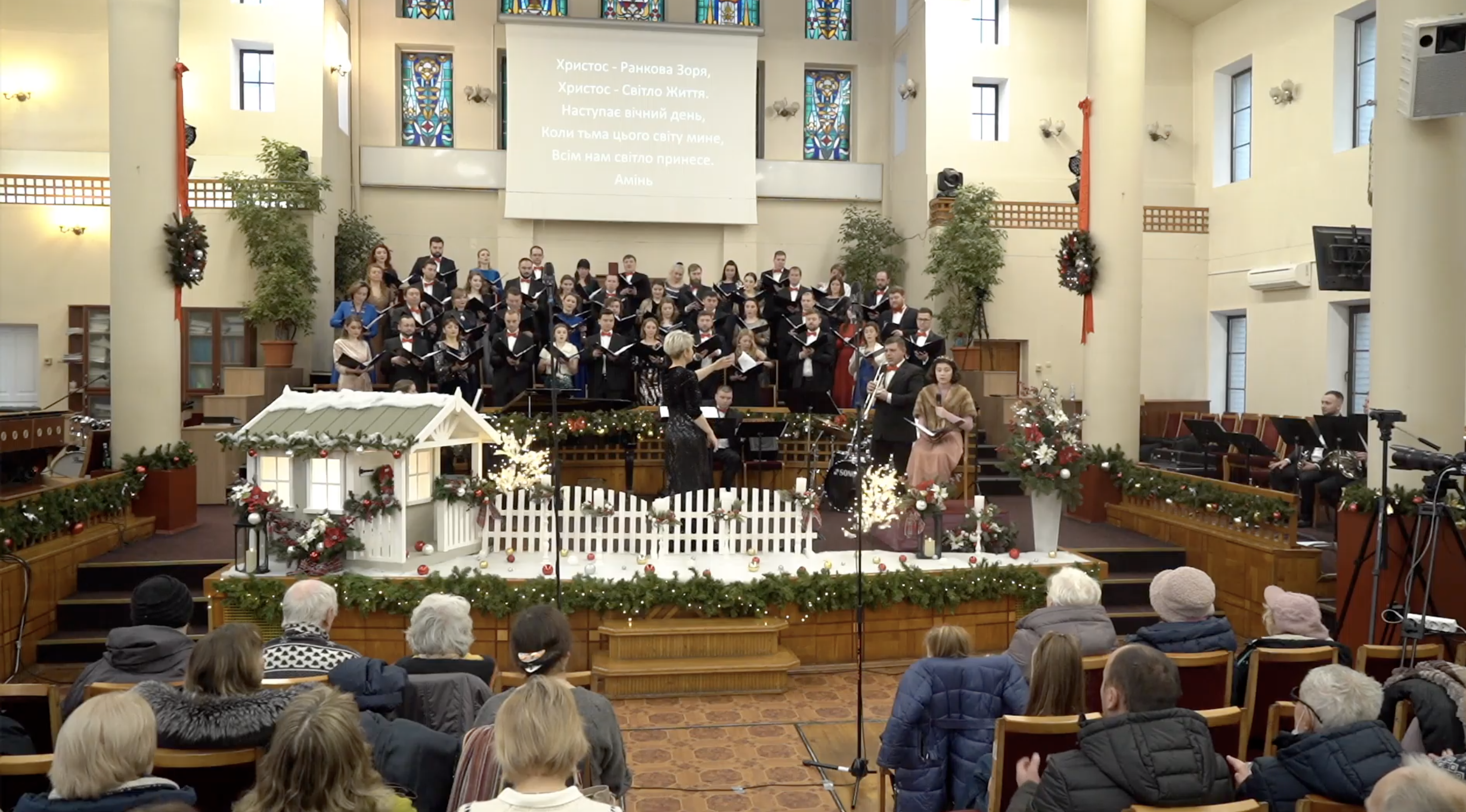“Everyone looks like a business genius when interest rates are at historic lows and money is incredibly cheap. But when the tide goes out, you see who isn’t wearing any swimming trunks.”
(Warren Buffett, among others)
This week all major banks will report their 4th quarter earnings. Yesterday the money center banks released their results. Today the large regionals report.
Credit union 5300 call reports for the same period will not be available for 60 days or more from NCUA, unless individual firms post their financials independently.
There are three observations from these commercial investment and consumer banking leaders so far.
- 4th quarter earnings compared with the same period of 2021 are at best mixed. JP Morgan’s net is up 6%; Bank of America, 2% up; Wells down 50%; Citigroup a negative 21%. Goldman Sachs down 69% and Black Rock’s profit fell 23%.
- Goldman’s decline was due in part to a cumulative $3 billion loss since 2020 in its efforts to develop a consumer lending market under the Marcus brand. The firm has since reorganized these products.
- The stock prices of most money center and regional banks have fallen precipitously over the past 12 months.
Some examples:
JP Morgan -10%
Bank of America -27%
Citigroup -24%
KRE Regional banking ETF -25%
Each institution singled out different factors affecting their results: increase in loan loss reserves, falling revenue in certain business lines such as investment banking and trading, operating expenses too high, rising interest rates, recession worries and economic uncertainty.
The common refrain in the earnings announcements: “These are not the results we expect to deliver to shareholders.”
There were a number of negative events called out: Goldman’s loss in the consumer market, Wells Fargo’s $3.7 billion additional government fine, and JP Morgan’s $175 million write off of a fintech acquisition. Results were mixed but not troublesome from a systemic view.
Potential Questions for Credit Unions
ROA for credit unions through September 30 fell about 21% to 88 basis points versus 2021. The largest single factor was 15 basis points in loss provision expense.
What the 12 months decline in bank stock prices suggests is that the market analysts see a more challenging year for financial performance in 2023 in all banking sectors. Uncertainty from the inflation-recession outlook is the major concern.
This overall decline in bank stock values raises questions for credit unions. For the 20-30 who completed or announced upcoming bank purchase, did they overpay? Will the purchase goodwill premiums need to be reassessed? Will purchase offers going forward reflect the market’s valuation declines?
Goldman introduced its Marcus consumer initiative in 2016. It announced a partnership with Apple for a new credit card. Since 2020 these “platform” based initiatives for consumers have lost $3.8 billion. This is one factor in the bank’s announced 3,500 immediate employee layoffs.
The question for credit unions is, if a an expert firm such as Goldman can lose this much entering a new business line, consumer banking, could credit unions face the reverse challenge?
For example, Jim Duplessis in Credit Union Times observed that total credit union commercial real estate loan production has risen 41% in the first nine months to $36.7 billion. For some credit unions these participations are a new lending effort.
Many banking CEO’s are cautious about the future. It is not just the recession prospect, but declines in mortgage activity, drawdown of consumer savings, and economic impacts from higher rates not yet fully played out.
A Proven Track
To the extent credit unions follow their consumer members closely, the future should be sound.
Where the difficulties may occur is forays in areas where experience is limited. Among these are commercial loan participations, whole bank acquisitions, and investments in “side” business such as technology startups or crypto offshoots.
One of the advantages in this economic and rate transition is that credit unions don’t have to worry about their stock price. However the market’s negative outlook for bank stocks should be an alert that prior assumptions in underwriting and investing may need to be reassessed.
What credit union wants to be found swimming without trunks?


